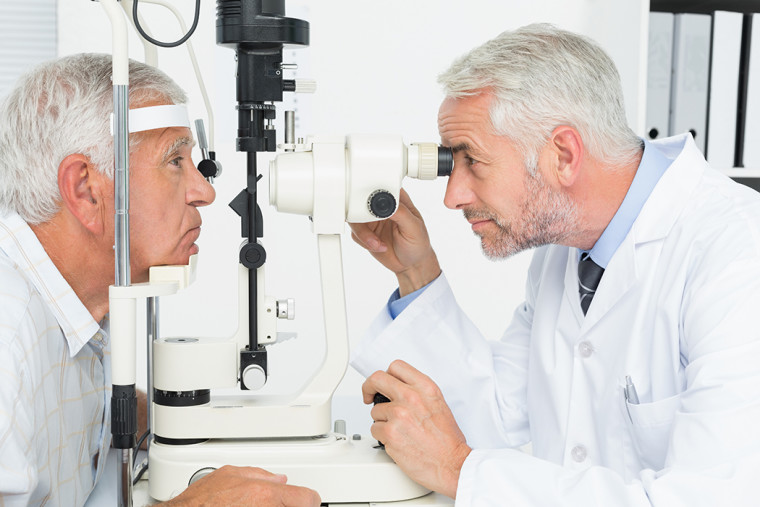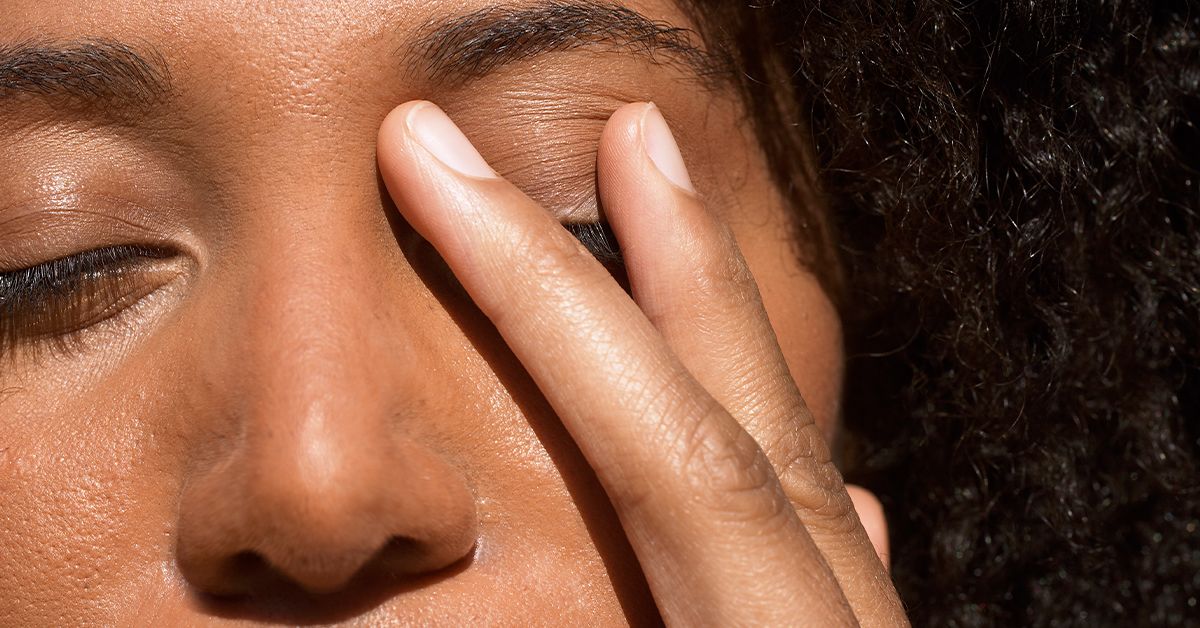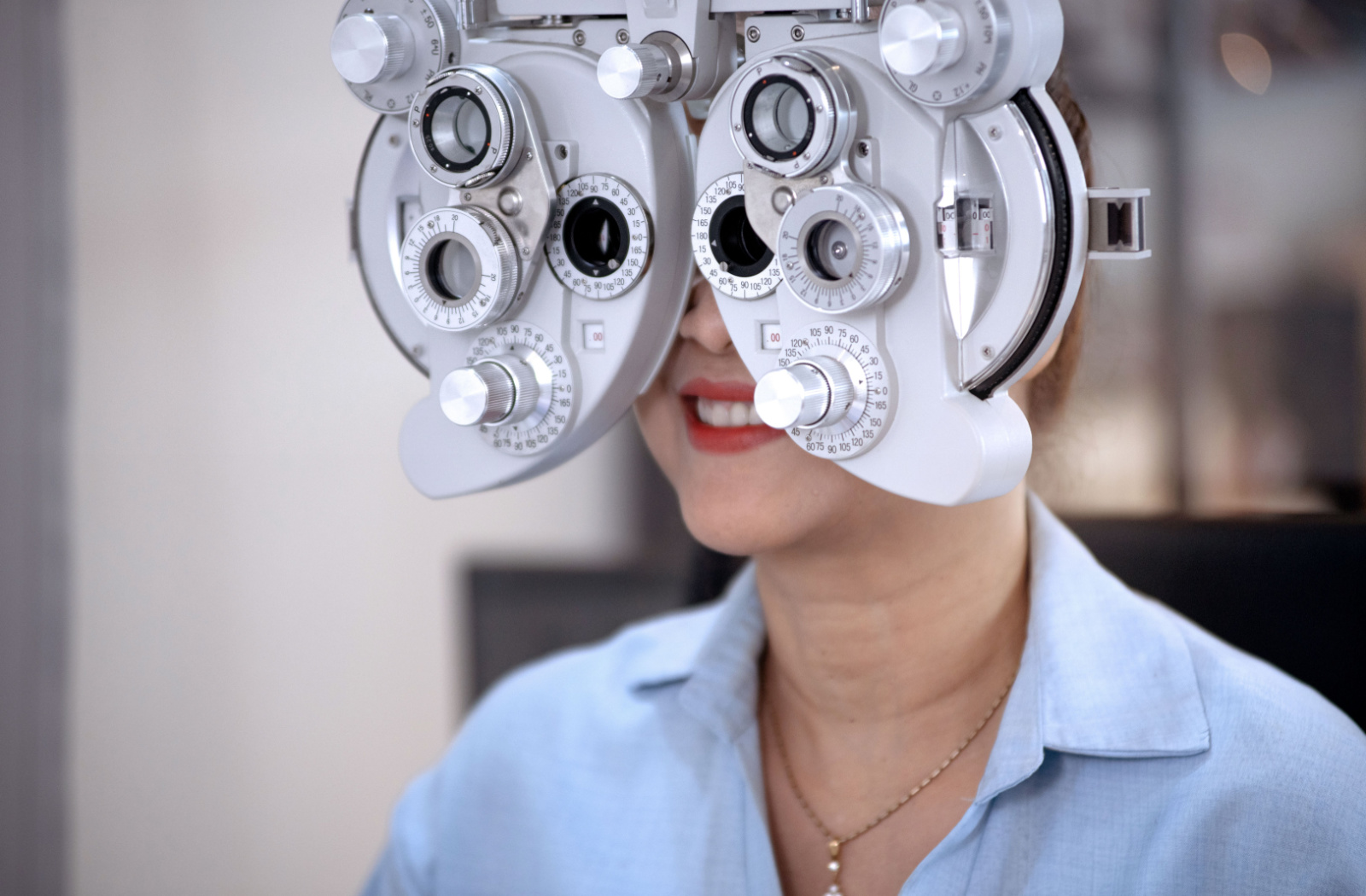All Categories
Featured
Reduced vision, a condition where standard glasses, contact lenses, or surgical treatment can not fully recover view, can make everyday activities testing. Reduced vision rehabilitation provides an array of sources to assist individuals maintain their freedom and quality of life. This write-up discovers the options offered for those looking for assistance in handling their aesthetic disabilities.
What Is Low Vision Rehabilitation?
Reduced vision rehabilitation is an organized approach to aid individuals optimize their remaining vision and adjust to new methods of executing everyday tasks. Professionals collaborate with clients to create tailored strategies, incorporating devices, strategies, and training programs that suit their one-of-a-kind needs.
![]()
Secret Options for Low Vision Recovery
Vision Enhancing Tools
Optical Aids: Gadget like magnifiers, telescopic glasses, and special reading lenses can enhance clearness for analysis, writing, and other close-up activities.
Electronic Visual Help: Tools such as digital magnifiers and mobile video magnifiers supply flexible zoom capacities for various tasks.
Wearable Modern technology: Smart glasses equipped with cameras and voice feedback deal advanced solutions for improving vision.
![]()
Assistive Technology
Screen viewers, text-to-speech applications, and devices with voice commands make technology obtainable for individuals with low vision.
Smart device applications, such as navigating aids and things acknowledgment devices, aid users interact with their environments a lot more successfully.
Educating and Treatment
Alignment and Flexibility Training: Professionals teach abilities for browsing rooms safely, consisting of the use of white walking sticks or guide canines.
Daily Living Skills Training: Rehab programs offer strategies for food preparation, cleansing, and individual care, ensuring that individuals can do important jobs separately.
Aesthetic Skills Educating: Exercises designed to maximize using staying peripheral vision can improve visual functionality.
Environmental Adaptations
Adjustments to living or work areas can substantially improve ease of access. Examples include:
Setting up brighter lighting.
Including high-contrast markings to home appliances.
Preparing furnishings to produce clear pathways.
Assistance Networks
Mental and psychological support is an essential element of recovery. Support system, therapy sessions, and counseling services can assist people handle the challenges of vision loss.
![]()
Peer networks attach people with comparable experiences, fostering a sense of neighborhood and shared discovering.
How to Access Low Vision Rehab Solutions
Low vision rehabilitation services are commonly offered by:
Low Vision Clinics: Operated by ophthalmologists and optometrists focusing on vision disabilities.
Work-related Specialists: Experts in adapting tasks and environments to suit individual requirements.
Not-for-profit Organizations: Teams such as the American Foundation for the Blind (AFB) or local loss of sight assistance organizations use valuable sources and referrals.
Verdict
Low vision recovery gives a variety of sources customized to boost performance, boost self-confidence, and improve high quality of life. If you or an enjoyed one is encountering the difficulties of reduced vision, think about getting to out to a professional or recovery center to explore the lots of options offered.
What Is Low Vision Rehabilitation?
Reduced vision rehabilitation is an organized approach to aid individuals optimize their remaining vision and adjust to new methods of executing everyday tasks. Professionals collaborate with clients to create tailored strategies, incorporating devices, strategies, and training programs that suit their one-of-a-kind needs.

Secret Options for Low Vision Recovery
Vision Enhancing Tools
Optical Aids: Gadget like magnifiers, telescopic glasses, and special reading lenses can enhance clearness for analysis, writing, and other close-up activities.
Electronic Visual Help: Tools such as digital magnifiers and mobile video magnifiers supply flexible zoom capacities for various tasks.
Wearable Modern technology: Smart glasses equipped with cameras and voice feedback deal advanced solutions for improving vision.

Assistive Technology
Screen viewers, text-to-speech applications, and devices with voice commands make technology obtainable for individuals with low vision.
Smart device applications, such as navigating aids and things acknowledgment devices, aid users interact with their environments a lot more successfully.
Educating and Treatment
Alignment and Flexibility Training: Professionals teach abilities for browsing rooms safely, consisting of the use of white walking sticks or guide canines.
Daily Living Skills Training: Rehab programs offer strategies for food preparation, cleansing, and individual care, ensuring that individuals can do important jobs separately.
Aesthetic Skills Educating: Exercises designed to maximize using staying peripheral vision can improve visual functionality.
Environmental Adaptations
Adjustments to living or work areas can substantially improve ease of access. Examples include:
Setting up brighter lighting.
Including high-contrast markings to home appliances.
Preparing furnishings to produce clear pathways.
Assistance Networks
Mental and psychological support is an essential element of recovery. Support system, therapy sessions, and counseling services can assist people handle the challenges of vision loss.

Peer networks attach people with comparable experiences, fostering a sense of neighborhood and shared discovering.
How to Access Low Vision Rehab Solutions
Low vision rehabilitation services are commonly offered by:
Low Vision Clinics: Operated by ophthalmologists and optometrists focusing on vision disabilities.
Work-related Specialists: Experts in adapting tasks and environments to suit individual requirements.
Not-for-profit Organizations: Teams such as the American Foundation for the Blind (AFB) or local loss of sight assistance organizations use valuable sources and referrals.
Verdict
Low vision recovery gives a variety of sources customized to boost performance, boost self-confidence, and improve high quality of life. If you or an enjoyed one is encountering the difficulties of reduced vision, think about getting to out to a professional or recovery center to explore the lots of options offered.
Latest Posts
Your Trusted Idaho Fence Provider - Durable & Stylish Ornamental Iron Fencing Solutions.
Published Jan 31, 25
1 min read
Navigating Life with Low Vision: Rehabilitation Options and Resources
Published Jan 31, 25
0 min read
Comprehending the Effects of UV Rays on Eye Health
Published Jan 31, 25
3 min read
More
Latest Posts
Your Trusted Idaho Fence Provider - Durable & Stylish Ornamental Iron Fencing Solutions.
Published Jan 31, 25
1 min read
Navigating Life with Low Vision: Rehabilitation Options and Resources
Published Jan 31, 25
0 min read
Comprehending the Effects of UV Rays on Eye Health
Published Jan 31, 25
3 min read